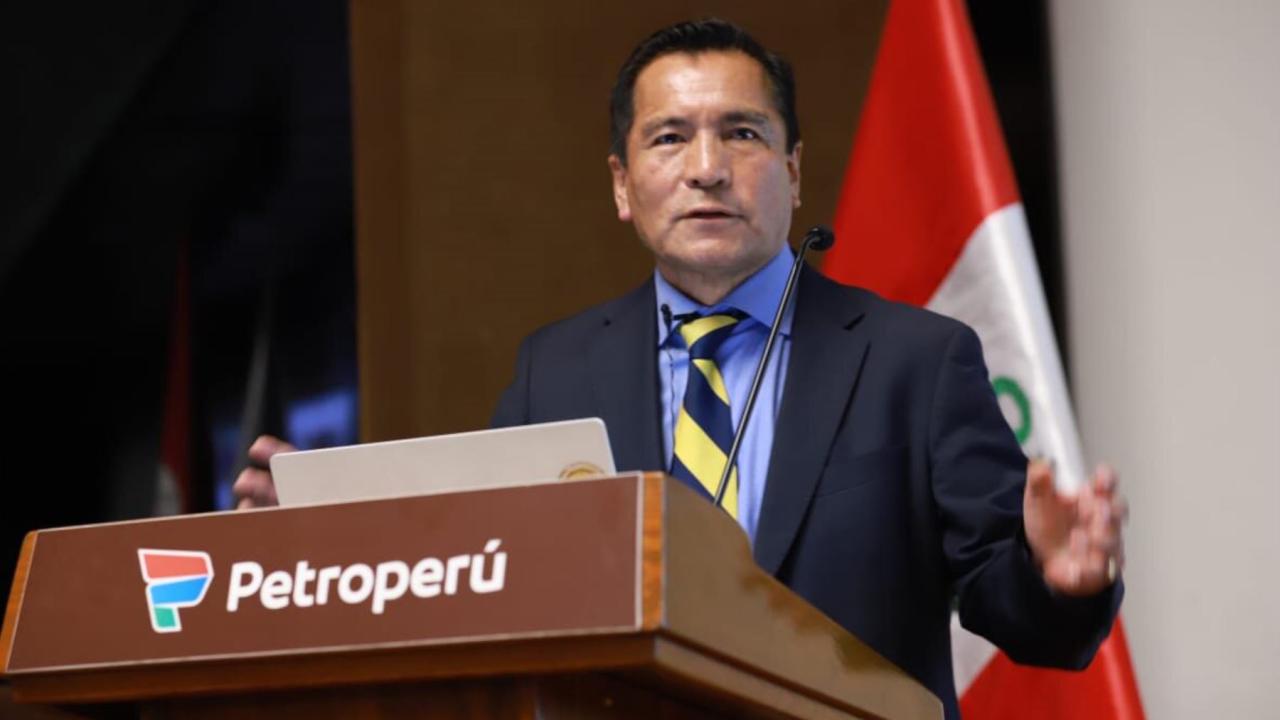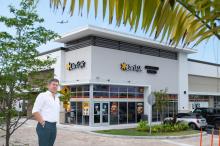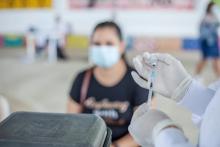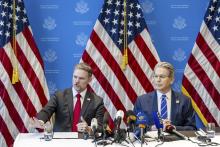
Alejandro Narváez pointed out that by December of this year the projected loss for the fiscal year of US$ 960 million will be reduced by approximately US$ 100 million.
Petroperú's chairman, Alejandro Narváez, said that 2025 will be a good year for the state oil company and that it will begin to show "blue" figures (profits) as part of a deep financial restructuring and adjustments in corporate management.
"Petroperú will close this year with fewer losses than projected. 2025 is going to be an excellent year for the company. We are going to show figures in blue, that is our projection," he said on TvPerú .
He stressed that everything lost will be recovered, such as good customers. “We will be closer to the people so that Peruvians feel that they have an important company like Petroperú.”
Narváez pointed out that by December of this year the projected loss for the fiscal year of US$ 960 million will be reduced by approximately US$ 100 million.
“That is already a profit. In 2025 we will have a net profit equivalent to 15% of the turnover. 2025 will be a good year for Petroperú,” he added.
Financial crisis
He said that he had received a company in a deep financial crisis, with significant losses.
"But now there is a technical team leading the company and they have a roadmap that we will follow," he said.
He said the message that the company was bankrupt, technically bankrupt and worthless was negative, self-serving and distorted.
"It seems that there was an intention, how can you say that a company as big as Petroperú, which has bonds in the international financial markets and shares in the Lima Stock Exchange, was bankrupt," he said.
"A board member saying the company is worthless could have driven bond prices down and made them less profitable, and that's what they did, which is serious, and no one is paying for it," he added.
Narváez stressed that his commitment is to transparency and that the figures are read correctly. “Next year we must be able to show that we can reverse this situation,” he said.
Market situation
He said that in 2005 Petroperú's market share was 53%, but this year it is at an annual average of 25%.
"That result reflects that someone did their job poorly, but they were paid very well," he lamented.
By the end of this year, they plan to increase their market share to 28%. By 2025, they plan to reach at least 35%.
Narváez reported that Petroperú invoices around 4.5 billion dollars annually. “With our projection for 2025 we should be invoicing around 4.8 billion,” he said.
He stressed that the company's goal is to move towards a net profit of 20% of that turnover, which would go to the public treasury, in addition to the taxes paid, direct and indirect, and the employment generated.
Narváez pointed out that Petroperú is present throughout the country. “For example, the private company does not reach Yurimaguas, Tarapoto or Iquitos, where 100% of the gas stations offer fuels generated by Petroperú,” he noted.
“The question is why private companies are not in Iquitos, because it is not profitable for them. That is why the State is there through its public company, Petroleos del Perú. That is where the State plays a subsidiary role,” he said.
Immediate actions
The Chairman of the Board of Petroperú said that they have a goal in mind with the roadmap for which immediate actions have been established.
“To begin with, we are looking to recover lost clients, which requires a series of tasks. Among them, mining companies stand out,” he said.
He explained that there are also internal measures, such as cost optimization and improving the company's efficiency indexes.
"We have to design commercial strategies that allow us to recover the lost markets. We have to carry out a very large financial restructuring because we have liquidity problems," he said.
He said that they are in talks with financial institutions to establish alliances and synergies. “Petroperú is not just any company, it is one that generates money and for them we are an important client,” he said.
Market failure?
On the other hand, Narváez commented that something strange is happening in the fuel market in our country.
"It cannot be that in Villa El Salvador, Comas or other marginal districts a gallon of gasoline costs 15 or 16 soles while in San Isidro Monterrico or Miraflores a gallon costs 22 soles," he warned.
How can this be explained? Who is to blame? It could be a situation of market abuse or a compromise between the sellers, these are valid questions, said the chairman of the board of Petroperú.
In this regard, he said that Indecopi and Osinergmin have to say something about this because it is an anomalous situation.
"When we have a reasonably large market share, like 30%, we will be able to play a role as market regulators and thus fuels can be cheaper," he said.
He stressed that Petroperú's prices are cheaper than those of its competitors, of better quality and higher performance. Our fuels are refined in Conchán and Iquitos, he said.
We are a public company under private law that participates in a free competition market, seeking profitability and maximizing profits, he said.









